Since the 1970’s, traditional wool has seen a decline in use in clothing and other products compared to synthetic fabrics. Synthetic materials are cheaper, made in a factory, and made on-demand. On the other hand, traditional wool requires a more labor-intensive and time-consuming production process to care for the sheep. Even if it’s not as widely used, wool’s unique traits haven’t gone away. The amazing properties of wool fiber, like being sturdy and warm (even when wet), while still breathable, make it the ideal material.
In this article, we’ll go over the incredible properties of wool fiber and how it sets itself apart from other natural and synthetic products.
We’ll cover what makes wool unique and what to look for to make sure you’re getting the best wool products available.
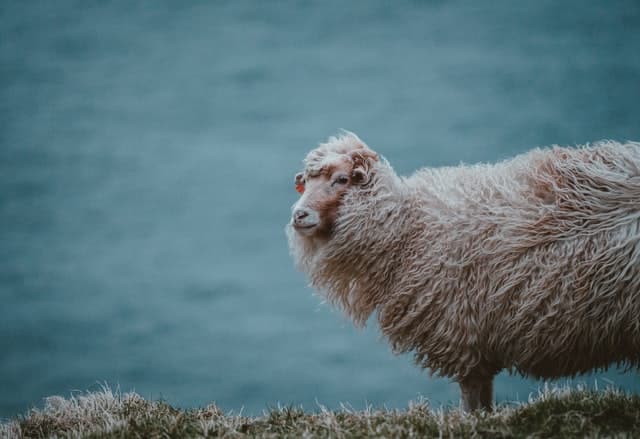
10 Amazing Properties of Wool Fiber
Many of the items we use in our everyday lives contain some sort of fiber. Clothes, mattresses, chairs, and many other household items use textiles to make their products comfortable and warm. However, not all fibers are the same.
- Synthetic fibers, such as polyester and rayon, are man-made and created in a factory.
- Natural fibers, such as wool and cotton, are created from natural resources. Wool is the sheared fleece from a sheep’s coat. Shearing doesn’t hurt the sheep at all – for them, it’s like getting a haircut (but they only do it once a year so their wool has time to grow).
While both types of fibers have their advantages and disadvantages, wool fiber has some incredible properties.
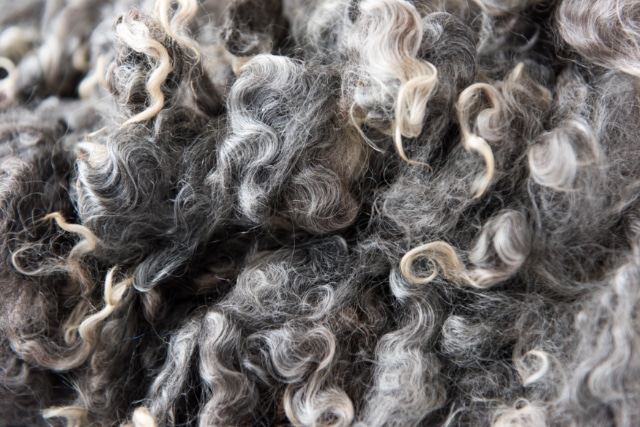
The unique characteristics of wool are useful both to people wearing it, as well as to companies using it in their products.
Let’s explore 10 amazing properties of wool now.
Wool is a Renewable Resource
Wool is the sheared coat of a sheep, usually after a year’s growth. Sheep grow a full fleece about once a year, which means it’s a renewable resource.
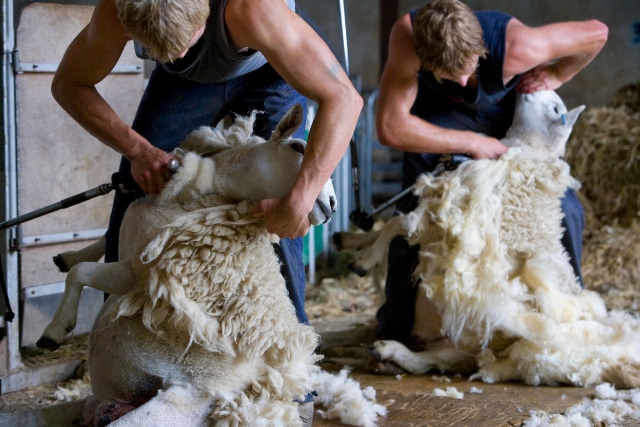
As long as sheep walk the earth, wool will be available to us.
It is Biodegradable
Wool is a naturally occurring substance and easily biodegrades. Even if it takes many months or even years, wool will always break down, decompose, and release its nutrients back into the soil. The same can’t be said for synthetic fibers.
Wool Easily Repels Stains
Wool fibers have a naturally occurring outer coating. This prevents outside substances from absorbing into the material itself.
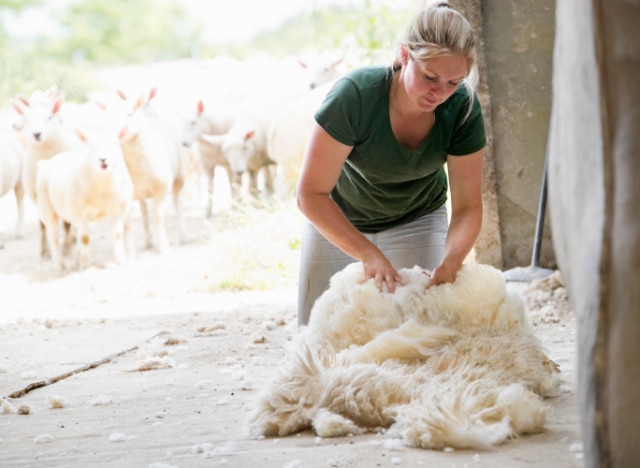
Because of this, wool is very stain-repellant. It’s an excellent choice for a lot of clothing items because of this.
Those concerned that wool is difficult to wash should understand that this stain-resistant property helps to offset the extra labor involved in caring for wool garments.
It is Odor Resistant
The same waxy coating that makes wool resistant to stains also makes it resistant to odors.
Wool prevents water, mold, and mildew build up on the surface or within the fibers themselves. That stops any odor causing bacteria from growing and keeps it smelling fresh.

Its synthetic counterparts hold on to these particles once exposed to them.
Wool Will Keep You Warm in the Winter and Cool in the Summer
Compared to other synthetic materials, wool adjusts to a person’s body temperature.
Wool clothing traps heat from the body when it is cold outside and pulls heat away from the body when it is hot. Many synthetic fibers can’t do this. They don’t adjust to different weather patterns and body temperatures in the same way wool can.
It is Extremely Wrinkle Resistant and Durable
Wool fibers have a coil shape. Wool is naturally wrinkle resistant because it fibers “spring” back into place after they have been messed with.
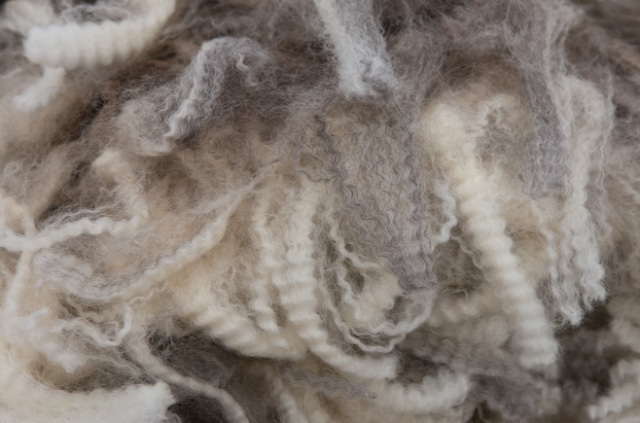
This coil-like design is also incredibly durable. Wool won’t wear down over time as easily as other fibers might.
Wool is Fire Retardant
The chemical makeup of woolen fibers makes it naturally resistant to fire. Its natural burning point is almost 1,400 degrees Fahrenheit!
Furthermore, wool doesn’t melt or become sticky when heated, like its synthetic counterparts. Because of this ability to resist heat and flame, wool is often used in places that are more likely to be exposed to flames, such as hotels, hospitals, or theaters.
Wool is Easy to Care For
Since it is naturally stain-repellant and odor resistant, wool is fairly easy to take care of. Most spills easily wipe off, and wool garments and fabrics don’t need to be regularly washed.
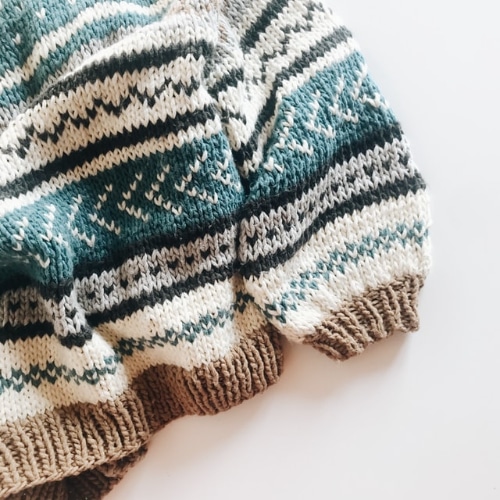
Over the past few decades, wool manufacturers have even been able to change the original properties of wool so it’s machine washable.
It Contains Natural UV Protection for the Wearer
Wool naturally absorbs the sun’s UV rays that are harmful and cause sunburn. Most synthetics don’t do this. This makes wool an excellent fabric choice for outdoor activities where sun exposure is a huge risk.
Wool Fibers are Very Elastic
Due to wool fibers’ coil shape, materials stretch with the body’s movement, then return to their original shape. The wool fibers are elastic and less likely to rip or break when stretched. This ensures the materials that contain wool don’t tear easily.
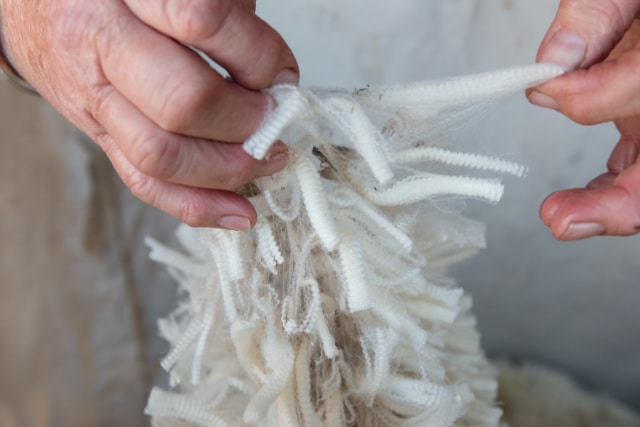
Synthetic fibers are not as durable and tear when pressured too greatly.
Different Types of Wool
It’s a common misconception that wool only comes from sheep. In fact, other animals’ fleeces create wool, as well, like goats, rabbits and alpacas. Typically these have other, more specific names, like cashmere and mohair, but they’re still marketed under the wool category.
Even with sheep wool specifically, not all sheep are created equal – so not all wool is created equal.
Different sheep breeds have different wool. Their fleece characteristics vary depending on the type of wool it is.
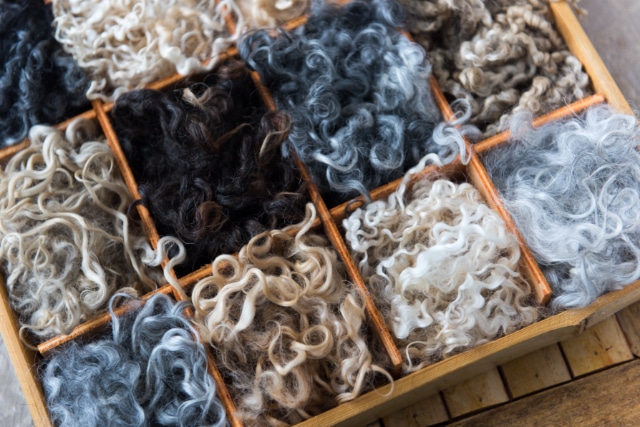
Companies using fleece in a product need to do their research to choose the proper wool for their specific project.
Wool for a sweater to be worn by one person needs different properties than wool woven into a rug that many people will walk on. You can learn all about some of the most popular breeds of sheep raised for wool on this page.
There are five main types of wool:
- Fine
- Down
- Medium
- Long
- Double-coated
They vary based on their characteristics when it comes to length, width, feel, and look of the individual fibers. Each wool has its specific uses. They are taken from sheep all over the world.
Final Thoughts About the Amazing Characteristics of Wool
Wool has many amazing properties that are still unique to it, despite the growing popularity of synthetic fibers. While man-made fibers lower costs, they can’t replicate the warmth and durability of wool from sheep.
Understanding the different properties of wool helps you market your wool to specific groups where it will be best appreciated.

